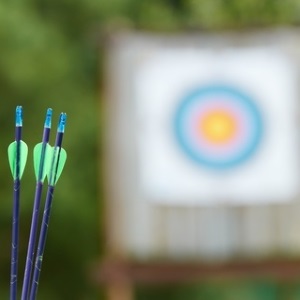 In a recent blog, I wrote about vision and how we can often start with a fuzzy, blurry, vague idea of what we want. And how that’s OK. The important thing is to start creating some movement toward a vision of what we want, even if that vision is not fully in focus.
In a recent blog, I wrote about vision and how we can often start with a fuzzy, blurry, vague idea of what we want. And how that’s OK. The important thing is to start creating some movement toward a vision of what we want, even if that vision is not fully in focus.
For those who may feel challenged or overwhelmed by the mere idea of coming up with a vision, here’s a 3-step exercise that will help.
Step 1: Imagine
Imagine yourself in the future, being the person you want to be, living the life you want to live. Notice what comes up for you when you do that.
- When is it? Next week? Next year? 20 years from now?
- What’s the setting? Where are you? Who’s with you?
- Use your senses: What do you see? What do you hear? What does it smell like? It is hot or cold? What do you have in your hands? With what or whom are you in physical contact?
Step 2: Understand
Understand how important it is. Step 1 should help you come up with some elements of your vision. Now, ask yourself what’s important about the vision that you’ve created in your mind.
- Does it connect with your values?
- Does it connect with your purpose?
- If so, how?
- What happens if that vision doesn’t materialize in your future? Could you “take it or leave it”? Or is it vitally important to you and to how you want to live your life?
If you find your vision doesn’t seem to be that important to you, that’s OK. Just go back to Step 1 and explore what elements you feel strongest about. They could lead you to a more powerful vision. One that you’ll truly connect with.
Step 3: Remember
Now that you have a vision and you’ve convinced yourself of its importance to you, how can you keep it “front and center” in your mind’s eye, and not have it fade like a bad New Year’s Resolution?
Think back to Step 1, think about whether you might have a dominant sense, and choose something to help you remember:
- If you’re visual, maybe it’s an image you think of, or a photo you post as your background on your cell phone
- If you’re tactile, maybe it’s a small item you keep in your purse or pocket. Something that reminds you of what you’d like to have and why it’s important to you.
- If you’re auditory, maybe it’s a song that holds meaning to you, or a jingle or a theme song you make up
Whatever you choose, it’s something that easily and automatically brings up the feelings associated with your vision and with why it’s important to you.
Take these 3 steps and notice how your vision gets more clear and vivid with time.
